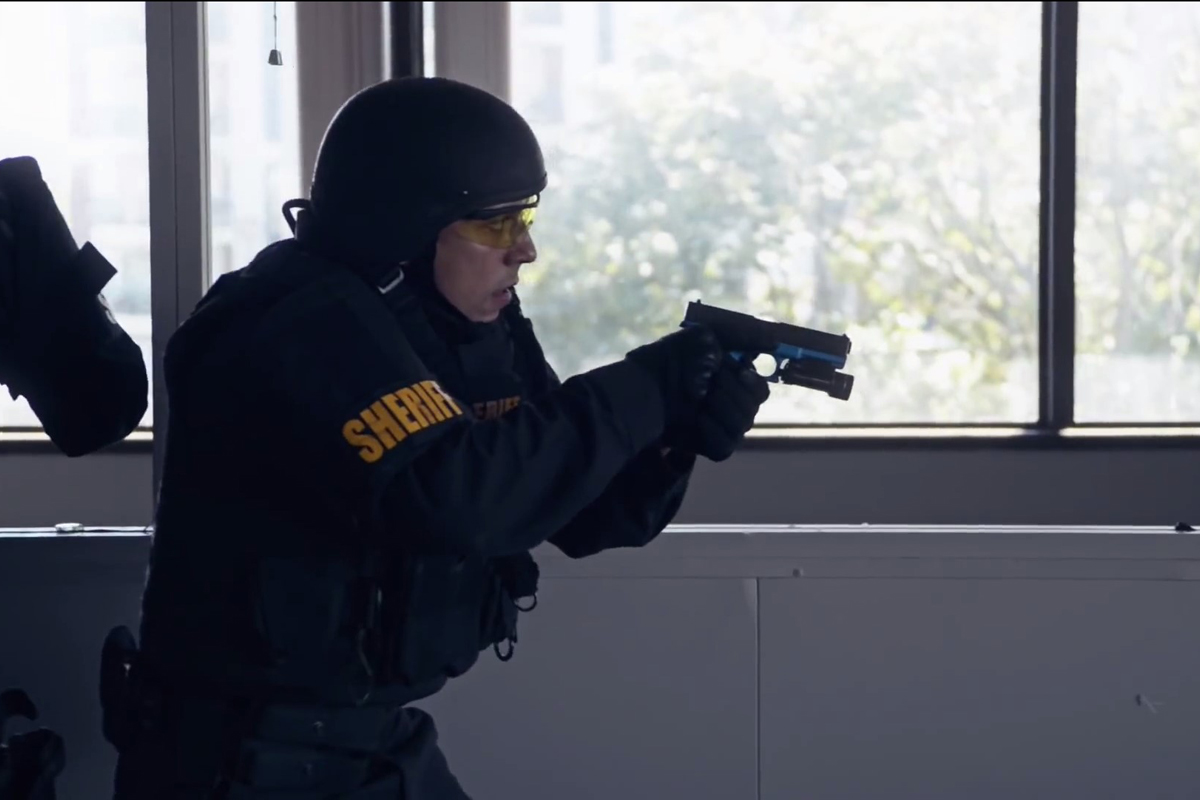

How It's Done:
NEON SIGNS
Grainger Everyday Heroes: SWAT Coordinator
By Grainger Editorial Staff 5/15/19
Meet Luke Chang, a detective at the Milwaukee County Sheriff's Office and a SWAT training coordinator. Listen to Luke as he trains SWAT teams and bomb squads at practice facilities to help them learn how to resolve any situation peacefully.
I'm Luke Chang with the Milwaukee County Sheriff's Office. I am a detective with the department assigned to a drug task force, but my additional duty is as a SWAT training coordinator. [We conduct] a week- long training for our SWAT team and bomb squad. It takes a couple of months to prepare [for the training because we have to coordinate with] the civilian side, with the buildings and the different venues [where we] train. [Sometimes] trying to get all the scheduling for the department handled can be a logistic nightmare in and of itself. Even locally, within the past year, we were very busy with the Azana Spa shooting and the Sikh temple incident. We deployed to both of those locations, and were instrumental in the resolution of each one.
[If you] look at a national level, the naval [base] shooting in Denver and the Sandy Hook incident, they are reminders that we as a department, more specifically as a SWAT and Explosive Ordnance Disposal (EOD) team, need to stay vigilant and prepared. [There is no] better time to do it [then right now] when we have a facility like this [one where] we can train. We are practicing less lethal right now which is taking place behind me. We're also [going to do] later on this afternoon, manual breaching, break and rake, and explosive reaching.
[What's going on here is called] less lethal. What that [means] is firing a 40-mm projectile similar to something like this. We call it less lethal, because it's designed to disable and disrupt but not permanently harm someone. What we'll be doing this afternoon is called break and rake. [That uses] longer poles with a couple of handles on [them] that we use to breach windows and clear them out so that if the team needs to, they can use a window as a port or a secondary entry point. When we show up to a scene [in the] real world, we get the job done. We show up, we know what we're doing, we're prepared, and we resolve it as peacefully and efficiently as possible. That's what makes it all worthwhile.![]()
The information contained in this article is intended for general information purposes only and is based on information available as of the initial date of publication. No representation is made that the information or references are complete or remain current. This article is not a substitute for review of current applicable government regulations, industry standards, or other standards specific to your business and/or activities and should not be construed as legal advice or opinion. Readers with specific questions should refer to the applicable standards or consult with an attorney.






